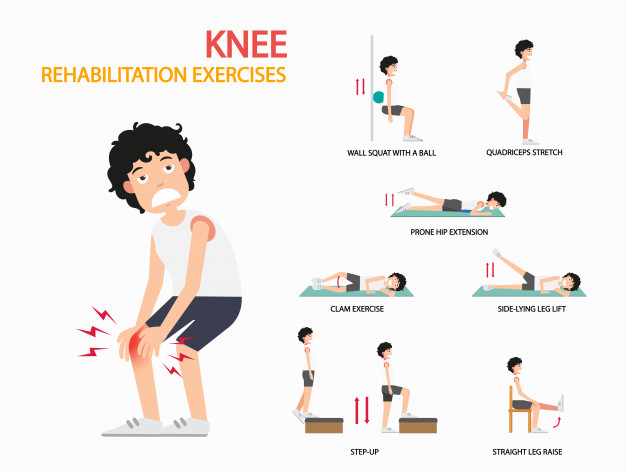350); this notably negative outlook could discuss the results. A variation of Rogers' approach has been established in which customers are straight responsible for determining the goals and goals of the treatment. Referred To As Client-Directed Outcome-Informed treatment (CDOI), this technique has actually been made use of by several drug treatment programs, such as Arizona's Department of Health Services. Psychoanalysis, a psychotherapeutic technique to habits modification developed by Sigmund Freud and modified by his fans, has also offered a description of substance use. This orientation recommends the main reason for the dependency syndrome is the unconscious requirement to entertain and to enact different type of homosexual and perverse fantasies, and at the same time to avoid taking duty for this.
The dependency syndrome is also assumed to be connected with life trajectories that have occurred within the context of teratogenic processes, the stages of which consist of social, cultural and political elements, encapsulation, traumatophobia, and masturbation as a kind of self-soothing. Such a technique depends on plain contrast to the methods of social cognitive theory to addictionand certainly, to behavior in generalwhich holds human beings to regulate and manage their own ecological and cognitive environments, and are not simply driven by internal, driving impulses. Furthermore, homosexual material is not linked as a necessary function in addiction. A prominent cognitive-behavioral technique to dependency recovery and treatment has actually been Alan Marlatt's (1985) Regression Prevention method.
Self-efficacy refers to one's ability to deal properly and efficiently with high-risk, relapse-provoking scenarios. Result span refer to an individual's expectations about the psychoactive impacts of an addictive compound. Attributions of causality describe a person's pattern of beliefs that relapse to substance abuse is an outcome of internal, or rather external, transient causes (e. g., permitting oneself to make exceptions when confronted with what are evaluated to be uncommon situations). Lastly, decision-making processes are linked in the regression procedure too. Compound use http://claytonxfmu160.almoheet-travel.com/the-what-nursing-homes-in-maryland-are-staffed-by-rehab-care-statements is the result of multiple decisions whose cumulative effects lead to an intake of the intoxicant.

For instance: As an outcome of heavy traffic, a recovering alcoholic might decide one afternoon to leave the highway and travel on side roads. This will lead to the production of a high-risk scenario when he understands he is unintentionally driving by his old favorite bar. If this person has the ability to employ effective coping methods, such as distracting himself from his yearnings by turning on his favorite music, then he will avoid the relapse threat (COURSE 1) and increase his effectiveness for future abstaining. If, nevertheless, he does not have coping mechanismsfor circumstances, he might begin ruminating on his cravings (COURSE 2) then his effectiveness for abstaining will reduce, his expectations of positive results will increase, and he might experience a lapsean isolated go back to substance intoxication.
This is a harmful path, Marlatt proposes, to full-blown regression. An extra cognitively-based design of compound usage recovery has actually been offered by Aaron Beck, the father of cognitive treatment and championed in his 1993 book Cognitive Therapy of Substance Abuse. This therapy rests upon the assumption addicted individuals possess core beliefs, often not available to instant consciousness (unless the patient is also depressed). These core beliefs, such as "I am undesirable," activate a system of addictive beliefs that lead to imagined anticipatory advantages of substance use and, consequentially, yearning. When craving has been activated, liberal beliefs (" I can manage getting high simply this one more time") are helped with.
The cognitive therapist's job is to uncover this underlying system of beliefs, analyze it with the client, and consequently demonstrate its dysfunction. Similar to any cognitive-behavioral treatment, homework tasks and behavioral workouts serve to strengthen what is discovered and discussed during treatment. [] A growing literature is demonstrating the value of emotion guideline in the treatment of compound usage. Thinking about that nicotine and other psychedelic compounds such as drug trigger comparable psycho-pharmacological pathways, a feeling guideline method may apply to a wide range of substance use. Proposed designs of affect-driven tobacco use have actually focused on negative reinforcement as the primary driving force for dependency; according to such theories, tobacco is used due to the fact that it helps one escape from the unwanted impacts of nicotine withdrawal or other negative moods.
How To Rehab An Adderall Addiction Things To Know Before You Buy
Mindfulness programs that encourage clients to be conscious of their own experiences in the present moment and of emotions that arise from thoughts, appear to avoid impulsive/compulsive actions. Research also indicates that mindfulness programs can reduce the consumption of substances such as alcohol, drug, amphetamines, marijuana, cigarettes and opiates. Individuals who are detected with a mental health condition and a synchronised substance usage disorder are referred to as having a dual medical diagnosis. For instance, somebody with bipolar illness who also has an alcohol use disorder would have double medical diagnosis. In such celebrations, follow this link 2 treatment strategies are required with the psychological health condition needing treatment initially.
Behavioral designs make usage of principles of practical analysis of drinking behavior. Habits designs exist for both working with the individual utilizing the substance (neighborhood reinforcement technique) and their household (neighborhood reinforcement method and household training). Both these designs have actually had substantial research success for both efficacy and efficiency. This design lays much emphasis on making use of analytical techniques as a means of assisting the addict to overcome his/her dependency. Barriers to accessing drug treatment may intensify negative health results and additional worsen health more info inequalities in the United States. Stigmatization of drug use, the War on Drugs and criminalization, and the social determinants of health ought to all be thought about when talking about access to drug treatment and potential barriers.
Other barriers to treatment consist of high expenses, absence of tailored programs to deal with specific needs, and requirements that need participants to be house, abstinent from all substances, and/or used. (See low-threshold treatment and housing first for more context on the latter point.) Further, barriers to treatment can differ depending on the geographical place, gender, race, socioeconomic status, and status of past or current criminal justice system participation of the individual looking for treatment. Regardless of ongoing efforts to fight addiction, there has been evidence of clinics billing patients for treatments that may not ensure their healing. This is a significant problem as there are many claims of scams in drug rehabilitation centers, where these centers are billing insurance coverage business for under delivering much needed medical treatment while tiring clients' insurance advantages - how long does pt have to evaluate my mother in rehab to start therapy?.

Under the Affordable Care Act and the Mental Health Parity Act, rehabilitation centers have the ability to bill insurance business for substance usage treatment. With long wait lists in limited state-funded rehabilitation centers, questionable private centers quickly emerged. One popular design, called the Florida Design for rehab centers, is typically slammed for deceitful billing to insurance coverage companies. Under the guise of helping clients with opioid addiction, these centers would use addicts totally free lease or as much as $500 monthly to remain in their "sober homes", then charge insurance business as high as $5,000 to $10,000 per test for easy urine tests.